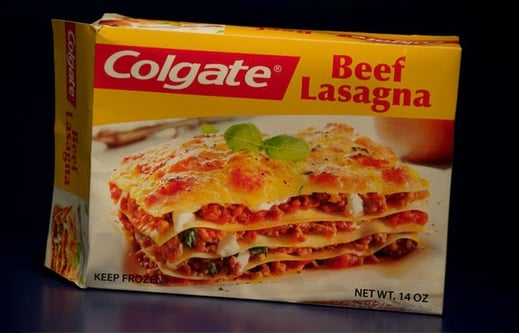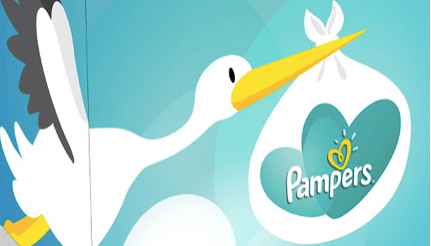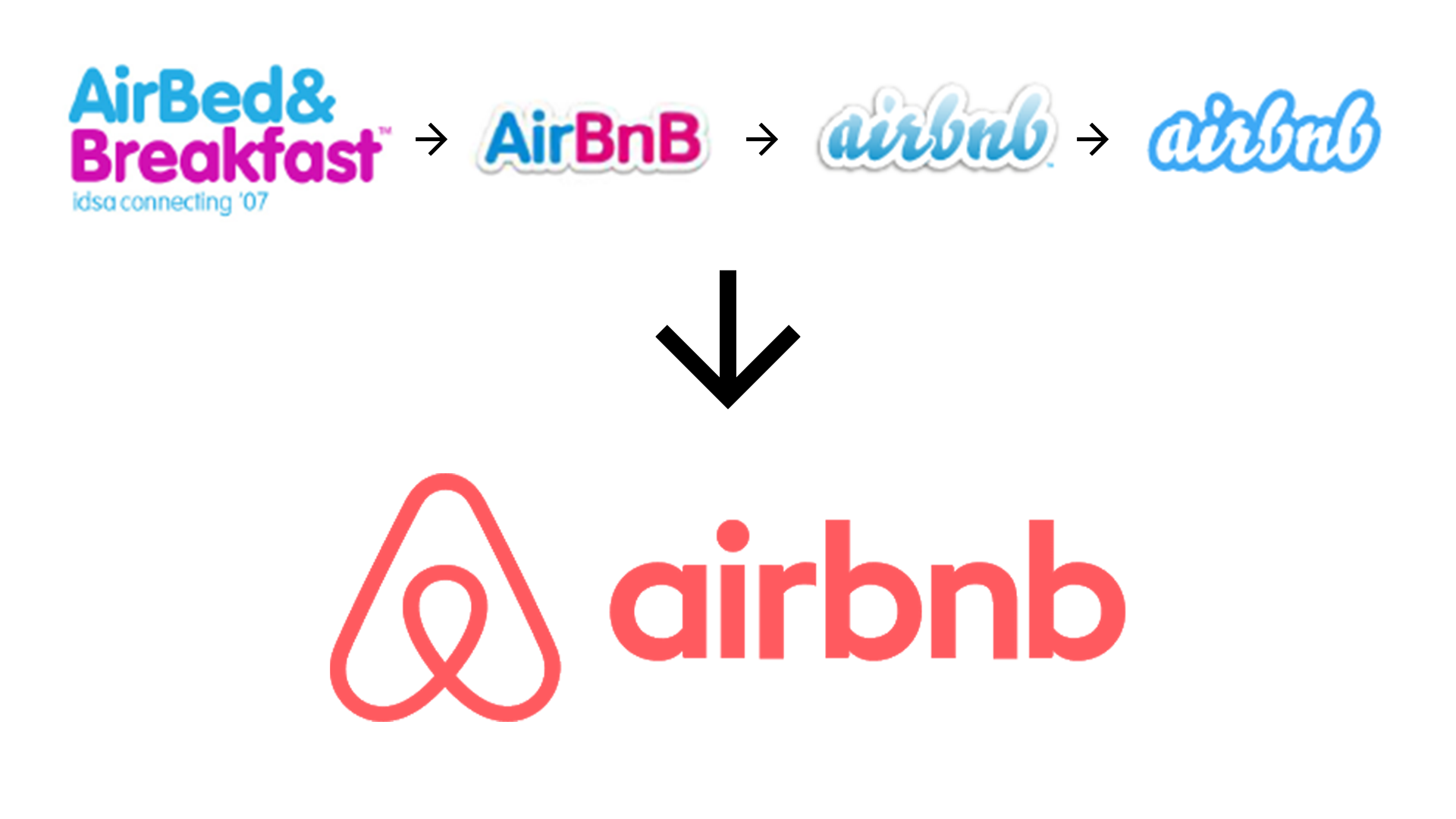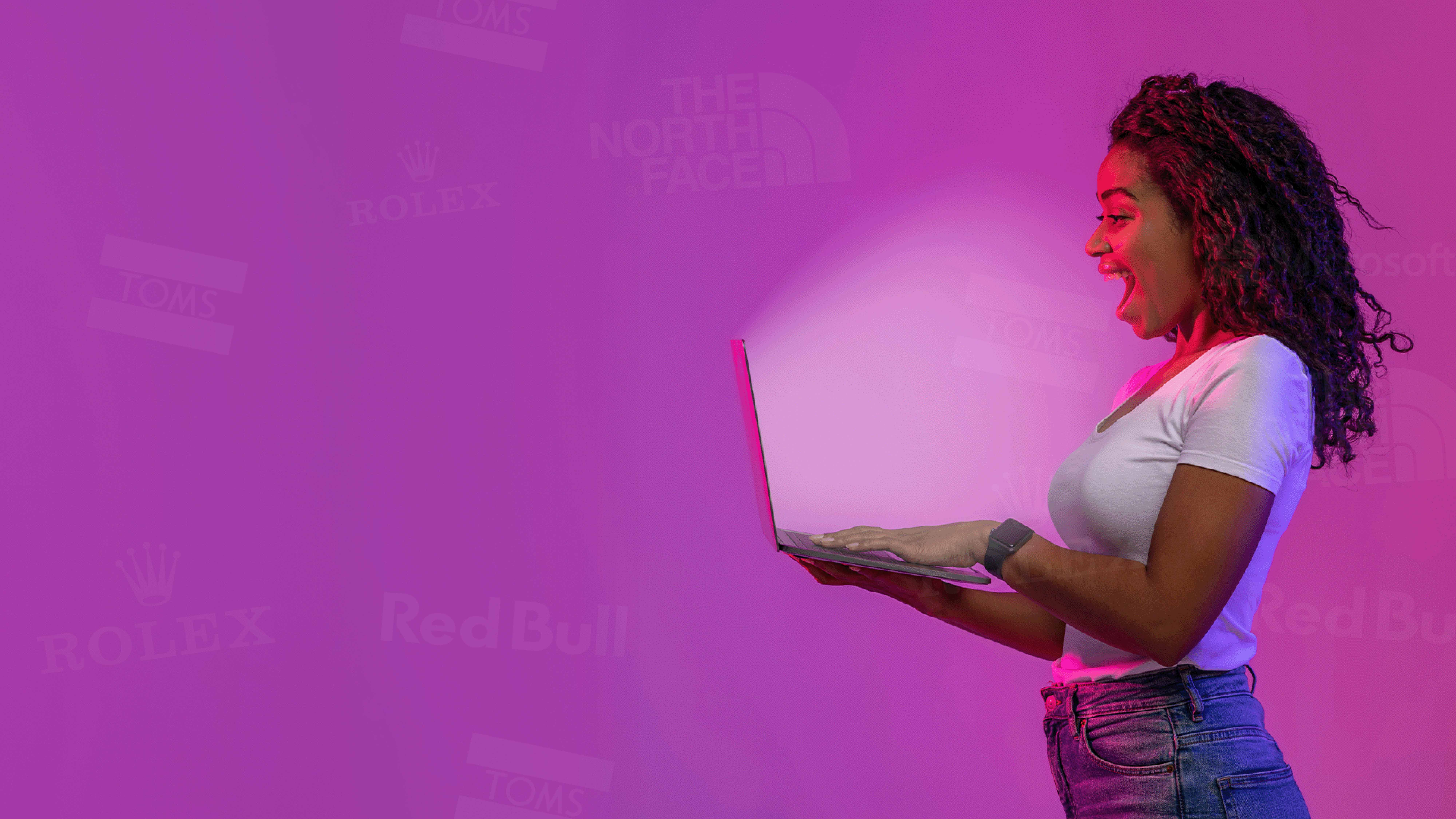The 4 Common Mistakes When It Comes to Building Your Brand
Building a positive brand is a key part of any marketing strategy, and imperative for achieving success for your company. Your brand is what sets you apart from your competitors and creates a lasting impression on your consumers. By definition, branding is “the marketing practice of creating a name, symbol or design that identifies and differentiates a product from other products.”
Your logo is the foundation of your brand. It needs to work along with a range of other elements, for example, advertising, your website, customer service, and packaging and promotional materials, to create one unique and well-perceived brand.
But, what happens when branding goes wrong?
Story Time
So I’m sure most of us have heard of Colgate, the well-known toothpaste brand, right? Well, what you might not know is that back in 1982, Colgate decided to get onboard the frozen food craze, and released a line of Colgate-branded frozen starters called 'Colgate Kitchen Entreés'.
Now, I don’t know about you, but I’m imagining these to taste pretty minty fresh. With Colgate being a well-established brand in the toothpaste industry, it’s hard to associate them with anything else - at least, not frozen foods anyway! This new product just wasn’t consistent with their existing brand image, so it’s not surprising that it was a total flop.

Disclaimer: The above image is a mock-up sourced from Reddit, not the actual product
They could have been the best tasting frozen entrées on the market, but under the Colgate name and logo, it just didn’t work.
I think the lesson that can be learned here is to stick to what you’re good at. Don’t spend years building a popular brand and then try to pivot to something completely different without proper re-branding.
This is just one example of a common branding mistake to avoid. So let’s take a look at a few more…
4 Common Branding Mistakes
-
No Clear Target Audience
First things first, your brand needs to be designed with your target audience in mind. It’s simply impossible to attempt to build a brand that appeals to everyone. Do your research and focus on the likes and dislikes, and the needs and wants of your target market. With this knowledge you can design a lucrative brand, and use messaging that will capture the interest of the right people.
A vital element of being able to ‘buy into’ a brand is its relatability. Using the right content, in the right tone of voice can strike a chord with your customer, enabling them to make a personal connection with you, which ultimately helps to establish trust.
-
Inconsistencies Across Multiple Platform
When building a strong brand you need to remain consistent. Failing to do so will confuse your audience and leave your company looking unprofessional, and perhaps even untrustworthy.

In their 128 years of existence, Coca-Cola has hardly changed their logo, making them perhaps one of the most consistent brands in history. And it’s paid off, the brand has built such a strong reputation that no other soda can beat it.
But being consistent does not just involve your logo. Consistency means that across all the platforms you use, be it your website, blog, Facebook, LinkedIn, print material etc., how you portray yourself remains the same. This can be visually, so in terms of the logo, logo sizes, colours, imagery, and fonts you use, but it can also go beyond the design elements and include your messaging, brand voice and tone. This is often where a brand style guide comes in handy.
-
Thinking Local, Not Global
Whether you have plans to become a global company, or not, it’s important to consider how your brand and messaging may be interpreted all across the world. Just because it works well for your target audience in one particular area, does not mean it will be the same for all other locations.
Let’s take Pepsi, for example. When they launched in China they failed to consider the importance of language, and so entered the market with a word-for-word translation of their American slogan: ‘Pepsi brings you back to life.’
What they didn’t know at that time was that the direct translation of this phrase in Chinese meant ‘Pepsi brings your ancestors back from the grave’. This obviously didn’t go down too well with the locals, especially in a country where ancestor worship is an important part of the culture.
A similar situation happened with Pampers diapers when Procter & Gamble started selling them over in Japan. The packaging featured an image of a stork delivering a baby, a well-known tale across a number of cultures such as Europe and the USA.

Japanese parents, however, were not familiar with this story, so when sales were failing to take off, P&G conducted market research. It was then that they discovered this mistake and learned that the stork packaging was baffling customers and they needed to make a change in order to succeed in this market.
Do your research and be prepared for how your visuals and messaging might be perceived in other countries. Don’t become a brand that is associated with ignorance or ethnocentricity.
-
Too Much Change
Attempting to rebrand your company can be a risky business, especially if you have a well-established brand and have so much to lose. If it goes wrong, it can be hugely costly to the business in terms of the money spent on the redesign and launch, as well as the potential of losing loyal, long-term customers. Generally, people don’t like change, so it’s important to tread carefully.
That being said, failing to evolve your brand is actually a critical branding mistake that can have a negative impact on your business. A dated website or logo can make even the best businesses appear unprofessional. Had AirBnb stuck with their original logo they may never have achieved the success they have today. If you don’t adapt, then you could get left behind.

A well-known example of rebranding gone wrong comes from Gap. Without warning, the original logo that has served them well for 20 years, completely disappeared and was replaced with a new one. It would be an understatement to say that this was not warmly accepted by their consumers.

The redesign didn’t take long to spark what can only be described as an online backlash, that resulted in Gap reverting to the original logo after just 6 days. Despite looking like something that could be put together on Microsoft’s classic ‘Word Art’, the new logo is said to have cost the company $100 million (yikes).
Any rebrand needs to be carefully planned out with your loyal customers at the forefront of your mind. With Gap, they just seemed to ignore any of the fundamental rules of branding, thinking their ‘iconic’ brand could get away with it. And well, unsurprisingly, it didn’t.
Conclusion
Meticulously constructed brands have the ability to become super powerful. In fact, 59% of consumers prefer to purchase new products and services from brands that they are familiar with. So once you’ve become recognised as a strong, transparent, and trustworthy brand you will discover that you can retain your current customers and acquire new ones much more easily. Learn from the mistakes of the companies we discussed throughout this post and stick to what you do well, stay consistent, have a clear target audience, consider localisation and be strategic when it comes to change.
Share this
You May Also Like
These Related Stories

The Importance of A Strong Brand Image & How To Influence It

5 Companies Who Nailed Their Brand Personality



